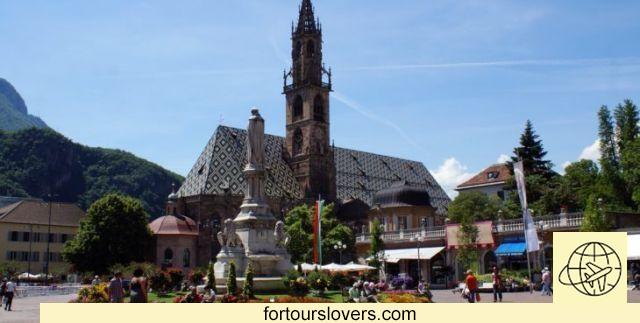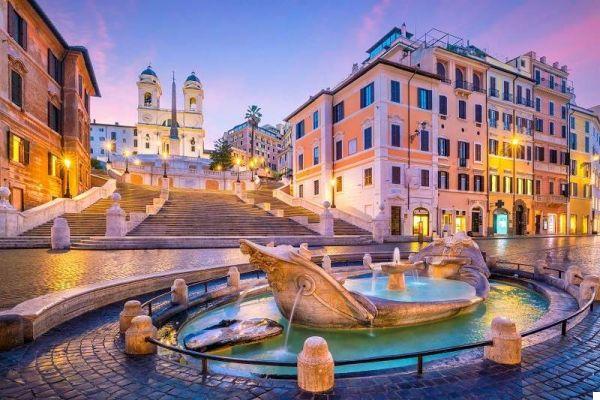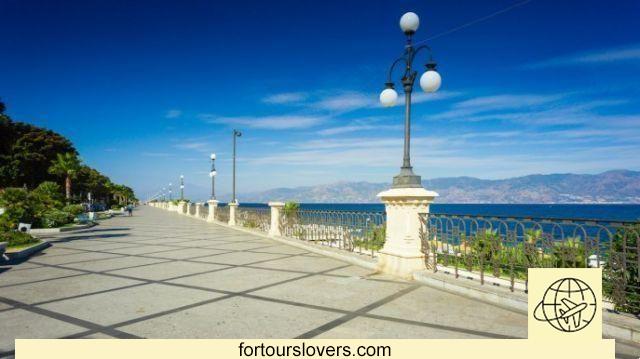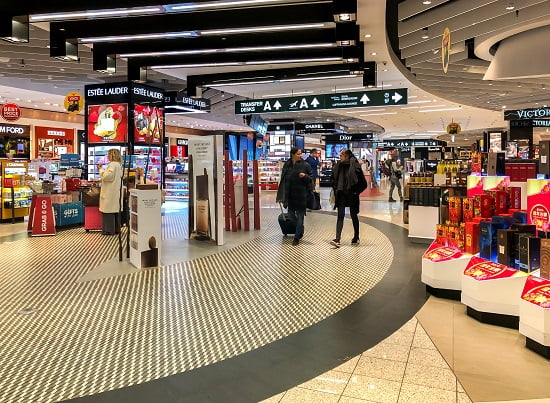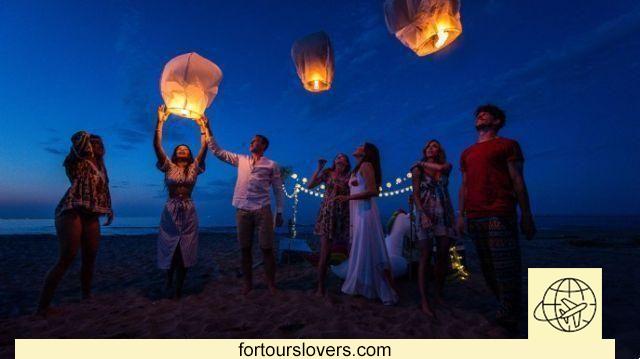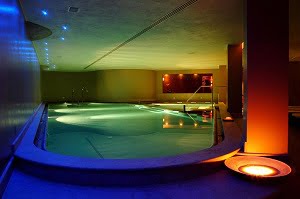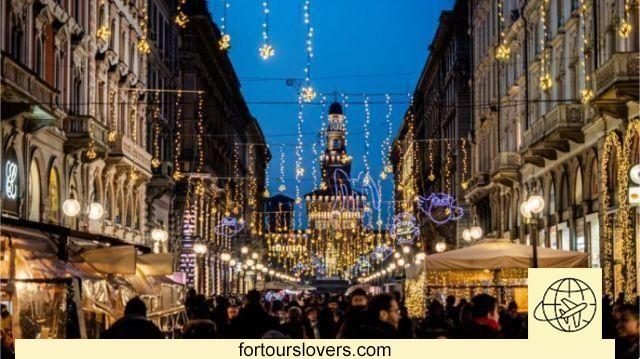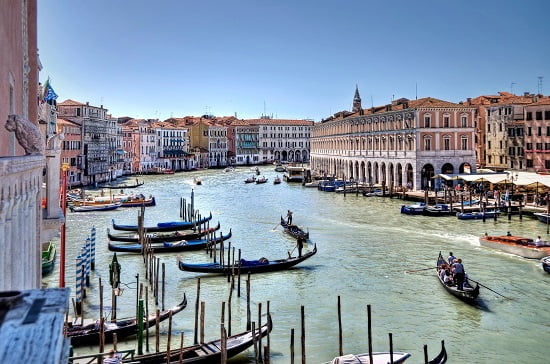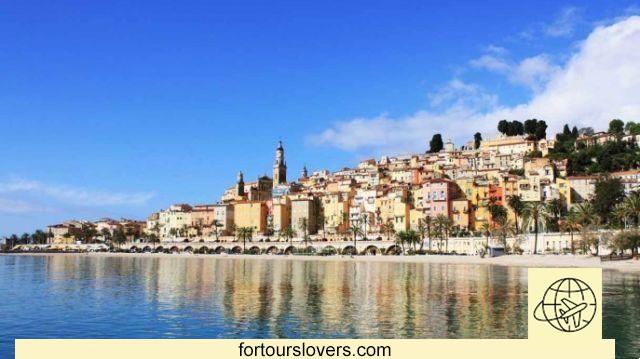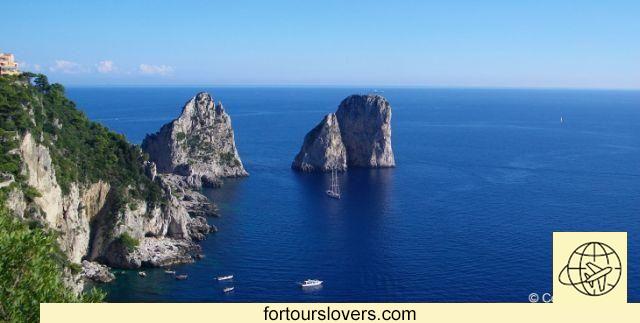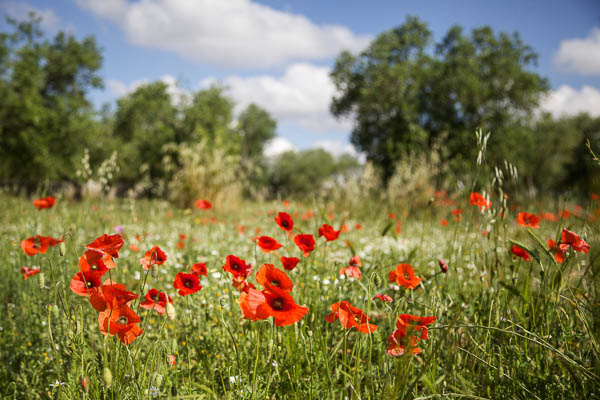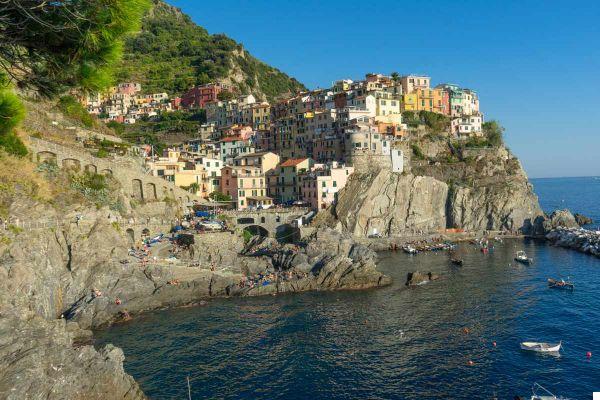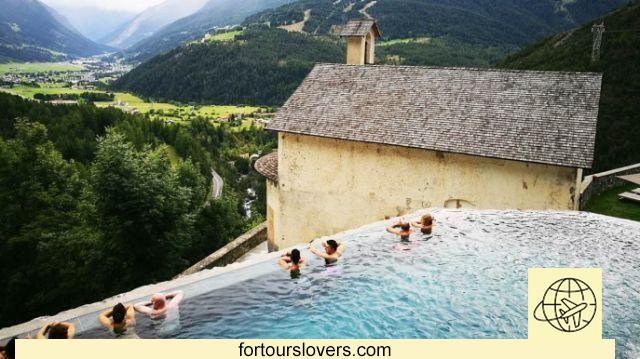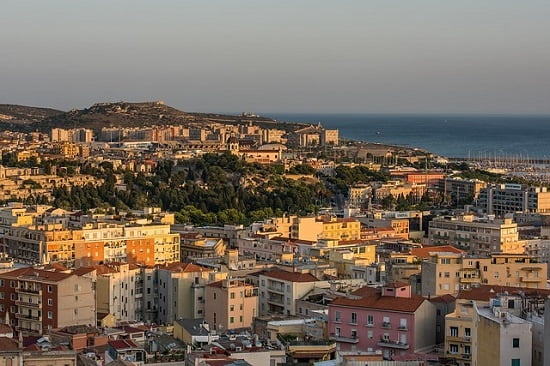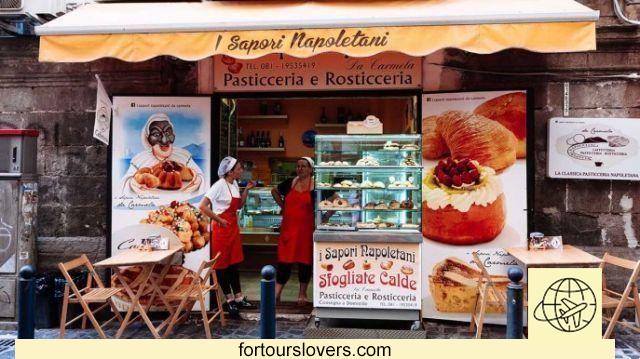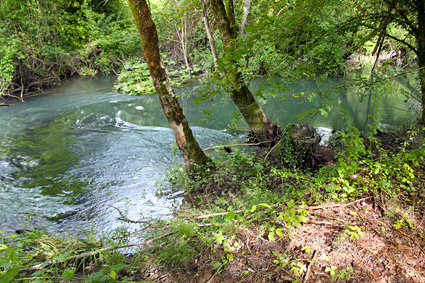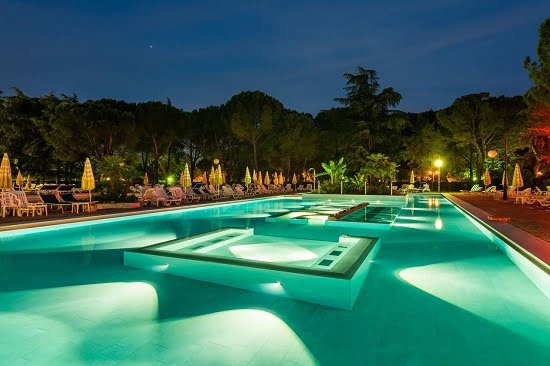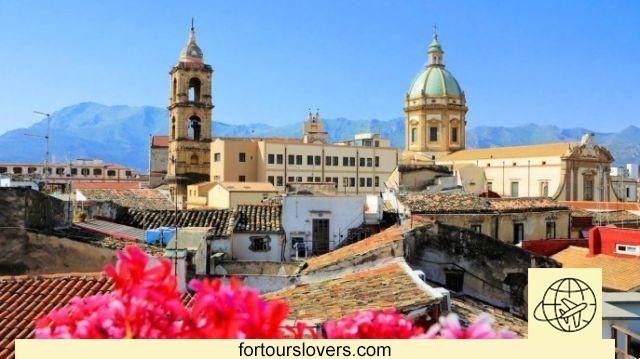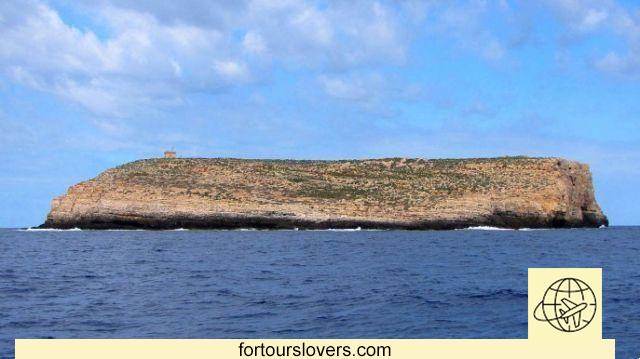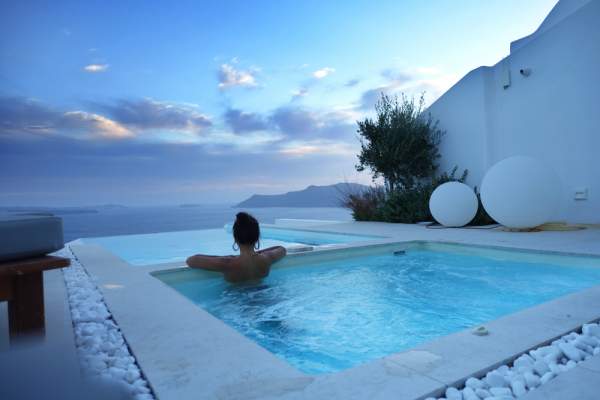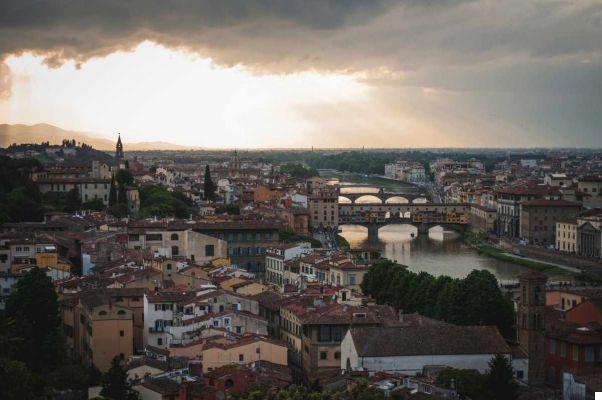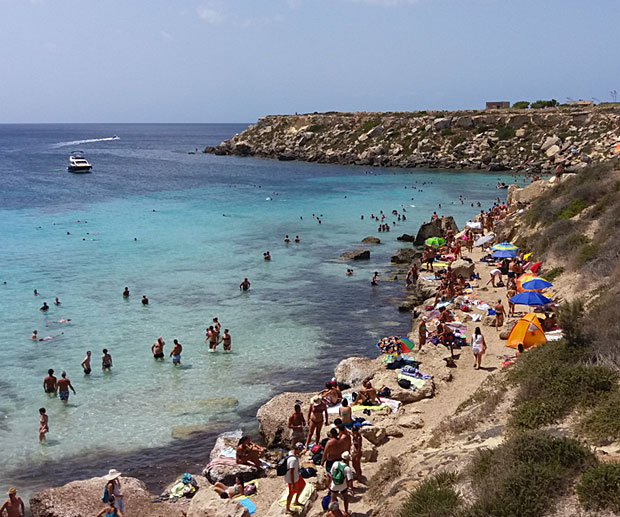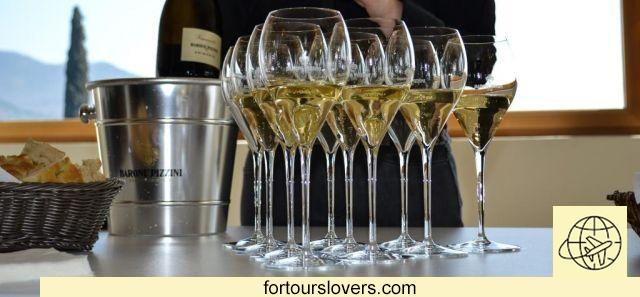
Just a few months before Christo's event, the Brescia area, and Franciacorta in particular, will be the destination of many tourists who will go there to see the fantastic work on Lake Iseo.
Finally a great opportunity to show the world the excellence of these places both from the landscape point of view and from the point of view of typical products.
Easter is approaching ... I guess many of you have already stocked up on some important bottles to honor this anniversary ... who knows how many bottles of Franciacorta bubbles will crown your holidays and will be carefully uncorked so as not to ruin this exceptional product.
Well, know that those bubbles you will taste will be produced in the territory of the same name, in Franciacorta, and will be the result of so much commitment and rigorous compliance with a production specification that will ensure that the product always respects a certain quality standard.
Wineries in Franciacorta to visit: the Barone Pizzini
The morainic territory of Franciacorta is particularly suitable for the cultivation of vines (yes, we say precisely breeding), just think that there are 109 wineries that produce this famous wine. One of the best known and oldest is theBarone Pizzini winery that I had the opportunity to visit thanks to a tour promoted and organized by Art With Us.
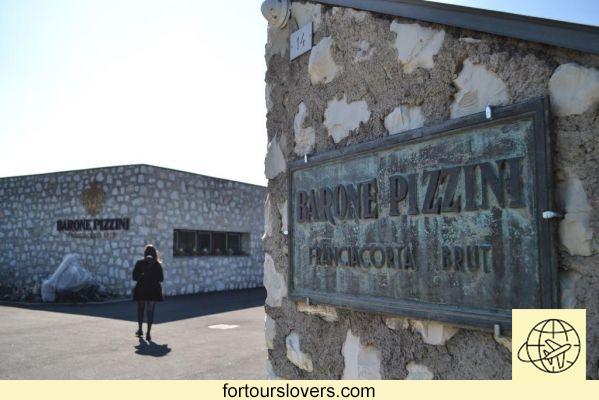
Visit a winery in Franciacorta it is certainly an experience that you cannot miss in yours itinerary in the Brescia area. Through the competent guides of ArteconNoi you can discover all the secrets on wine production and explore the production environments with a final tasting. Among these wineries, Barone Pizzini was founded in 1870 and is present with its vines in even 4 municipalities, among other things it stands out as well as among the most qualitative also among the most attentive to ethical-productive aspects.
Very important aspects of the visit to the Barone Pizzini winery in Franciacorta
Each vine is organic, since 1998 all its wine production is organic. A big step towards respect for the territory and towards an eco-sustainable product.
Not only does the product have these characteristics, the entire structure has been designed in such a way reduce the environmental impact. It is two-thirds underground and adopts innovative strategies such as the use of photovoltaic panels, a natural cooling system, the use of stone for its construction, etc ...
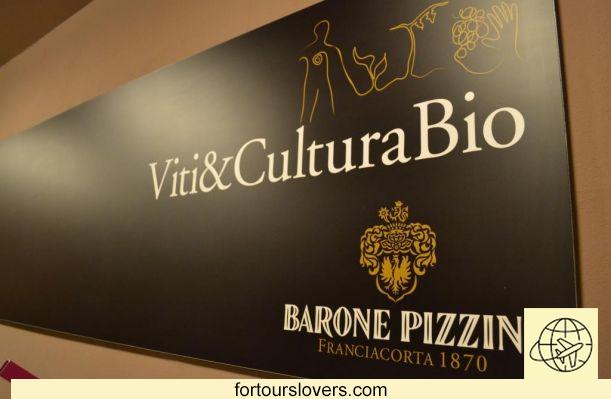
This concept of sustainability is also reported in the brochures of the Barone Pizzini company, it is a concept that they are keen to emphasize as a source of pride:
“Respect for nature is the necessary condition to obtain from it fruits rich in life and with great expressive potential. The balance between man and nature is a prerequisite for a wine with a strong bond to its land, unique and unreproducible elsewhere "
This is the reason why I recommend a visit to this winery in Franciacorta, a visit that consists of an introduction to the history of the territory and the peculiarities that distinguish it and make it particularly suitable for growing grapes.
Attention, the grape varieties accepted for the production of Franciacorta wine are exclusively Chardonnay, Pinot Bianco and Pinot Nero.
After the introduction you enter the structure and the steel tanks in which the wine remains are shown the first 6 months.
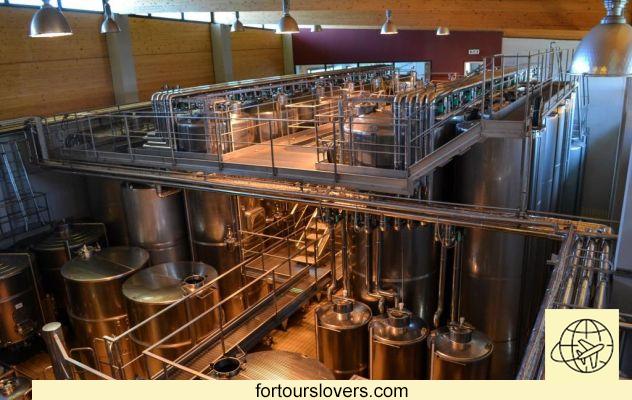
Then the visit continues in the underground cellar where the wines are stored to mature. It is several meters underground so that the temperature is constantee does not undergo changes that could damage the quality of the wine.
It is a very dark area precisely because the same light could alter the production process. Although dark is very fascinating, you are surrounded by at least a million bottles some of which are finishing their winemaking process while others are starting it. This is where Franciacorta "comes to life". To all intents and purposes it is here that the yeasts and sugar added together with the wine work and ensure that the bubbles for which it is so famous and appreciated are formed.
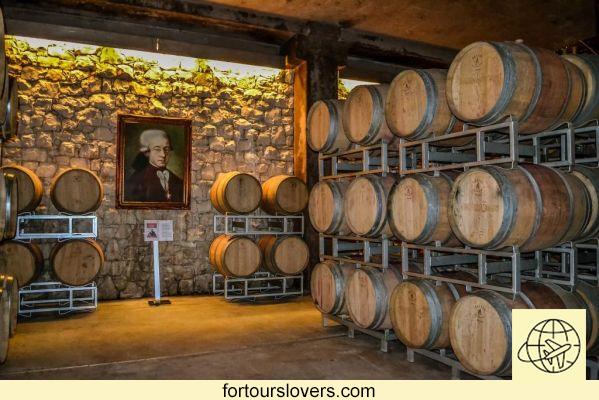
The bottles need to be rotated from time to time so that the process is as homogeneous as possible, once this process was done manually, one by one. Today the procedure is automated but requires the same delicacy.
The different types of Franciacorta wines of Barone Pizzini
In the cellar of Barone Pizzini we find different types of Franciacorta wine; obviously there is not only one type. If we only talk about Franciacorta understood as bubbles there are different types and they vary substantially according to the number of months that the wine remains in contact with the yeasts, the longer the time and the greater its characterization and the finer the bubbles become and elegant.
A Franciacorta cannot be defined as such if the wine does not spend 6 months in stainless steel tanks and at least 18 on the lees. In short, at least for a Franciacorta wine DOCG serve 22 months for the BRUT up to 36/46 months for a Satén.
Separate speech for the Millesimato, this is wine that is not produced every year. A Millesimato is made with wine coming from a single vintage, it is not mixed with other vintages and is produced only for those vintages that the oenologist believes are particularly excellent and suitable for the production of a Franciacorta vintage. Respect for quality is a must.
The visit to the cellar ends with the tasting of two types of Franciacorta accompanied by some snacks.
The production of Franciacorta wine
With all the limitations of the case I try to explain to you in broad terms how the Franciacorta wine you go from being a simple bunch of grapes to ending up on your tables ready at "Cin-Cin".
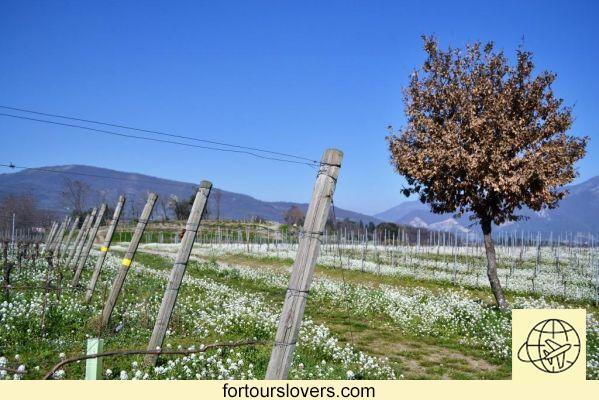
The harvest is particularly early, the grapes are picked prematurely in August. It is carried on crates by maximum 15 kg in such a way that the grains do not break and therefore can deteriorate the good result of the wine. Each vine is harvested on its own, the grapes are not mixed precisely because each soil has its own conformation and intrinsic characteristics that it is good to keep separate. You will get the right mix through the cuvées at a later time thanks to the winemaker.
Well, once harvested, the juice is extracted from the grapes which is then fermented for the first 6 months in stainless steel tanks. It should be emphasized that in the case of Rosé both red and white grapes are combined and the red grape skins are left for a period together with the entire must in such a way that they release the typical color.
In spring, we witness the work of the oenologist who tastes the different cuvées and makes sure to recreate the classic taste of Franciacorta Barone Pizzini wine.
At this point the must is bottled together with the yeasts and the sugaror. From this moment the wine begins to mature and to live and change inside the bottle itself. The yeasts feed on the sugar and produce the bubbles we all know. The longer the time these yeasts are kept inside the bottle of Franciacorta wine, the more elegant and minute the bubbles will be.
The bottles are kept in the cellar with the neck of the bottle tilted downwards so that the yeasts are near the crown cap and are periodically rotated gently.
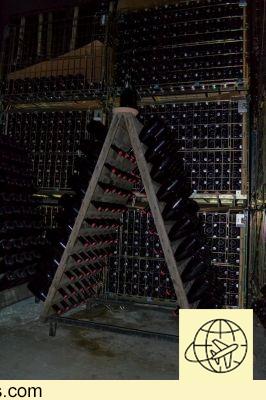
Depending on the production choices, more or less time is kept on the yeasts.
At the end of the maturation process it is necessary to remove the yeasts
In ancient times this was done manually with a classic saber, but this, in addition to being very time-consuming, also caused too much product to leak out. We therefore moved on to mechanical processing: the bottles are placed upside down in one special machine that freezes the end part where there are also yeasts.
The machine proceeds to release the piece of ice containing the yeasts.
The problem is that in this phase there is still a minimum leakage of the wine and therefore it must be topped up with a specially selected wine, called liqueur d'expedition. If the liqueur used does not have any added sugar then you will have a Pas Dosé.
At the end of this procedure it is inserted a cork of extreme quality which is sealed with the classic wire cage.
At this the bottles are kept in the dark and in a horizontal position so that the cork is kept wet by the wine.
Final Considerations:
On an itinerary in Franciacorta you certainly cannot miss a visit to a Franciacorta wine cellar. Among these, I definitely recommend Barone Pizzini, whose commitment to organic farming and the conscious ethical use of the territory must certainly be an example.
Indicatively, the price for a guided tour of the cellar with final tasting is around 16 euros, logically it depends on the number of people who make up the group.




